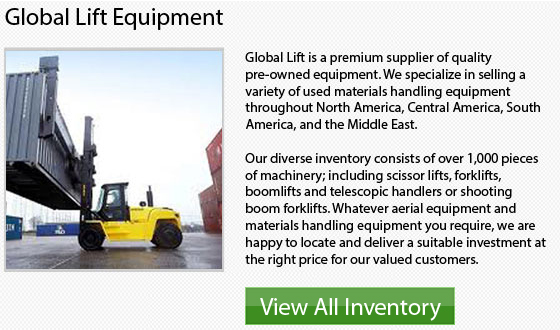
The lift truck has become such an important piece of equipment found and utilized in most industrial operations and warehousing, ever since its introduction to the market more than 90 years ago during the 1920's. One of the forklift's pioneers, Clark has grown to become an industry top supplier in the material handling industry. Different other popular names in the making of these machinery include: Toyota, Mitsubishi, Cat, Nissan, Yale and Hyster.
Hyster has grown to become amongst the most popular units of forklifts within the business. As a matter of fact, in several regions, the word "Hyster" is synonymous with forklift. Other common names for this industrial lifting machines consist of: jitney, high/low, lift truck, fork truck and stacker truck.
It was during the 19th century that the machinery ancestors of the forklift was first made. At this time, small, battery-powered models were made for the purpose of transporting traveler's luggage at the Altoona train station in Pennsylvania. In WWI, various versions were made in England particularly for use in the material handling industry. These equipment evolved as a solution to the manpower shortage at that time.
The modern equivalents come in a range of configurations and sizes. There are the large truck-mounted lift truck models which are also called sod loaders and then the opposite end of the spectrum has small hand truck units. There are also a line of automated versions referred to as forklift automated guided vehicles which are practically robotic in nature. These units were made to improve productivity and as a way of lowering operational costs.
A regular forklift is able to utilize a huge range of attachments which are capable of being added for a range of specific functions. The motors can be internal combustion or IC models, running on diesel, gasoline or propane, or there are battery operated options which require regular charging. Typical warehouse models would normally be rated to raise between about 1 and 5 tons.
The forklift has become a priceless part in the material handling business. Many of these units are used on a daily basis throughout the world to complete jobs that used to require much more man-power. Operators should take stringent training programs in order to run these heavy machines safely and legally. Numerous employees have better health overall and longer careers now due to their not having to lift things by hand anymore as the forklifts can handle those situations now instead.